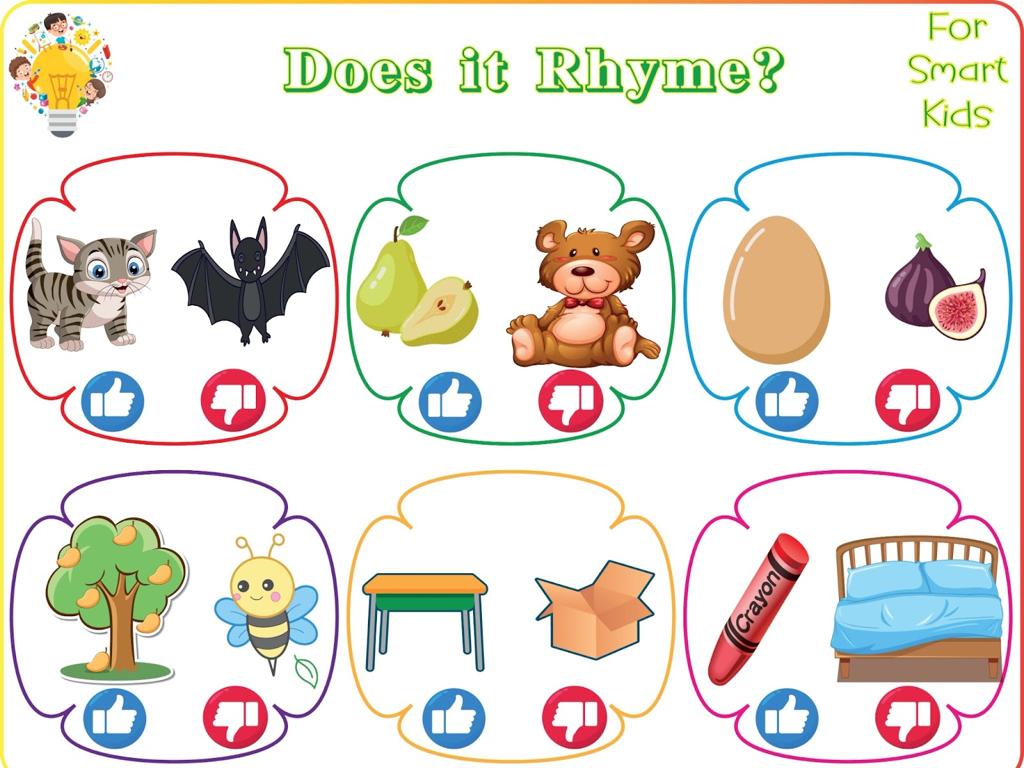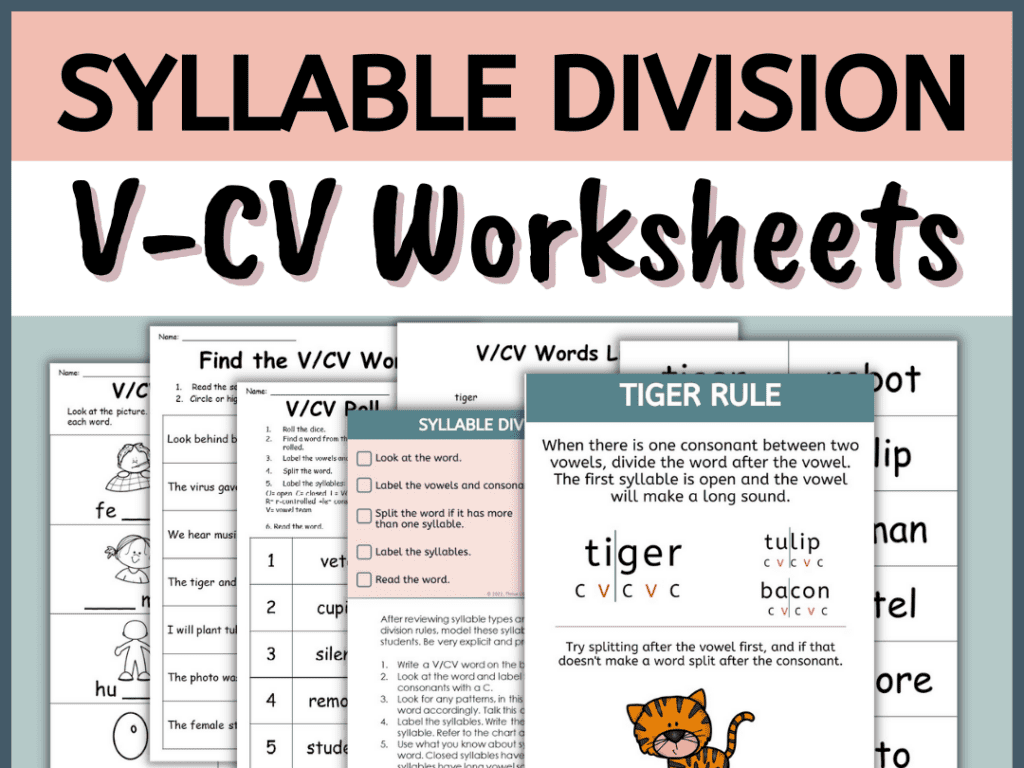Compare And Order Integers
Subject: Math
Grade: Eighth grade
Topic: Integers
Please LOG IN to download the presentation. Access is available to registered users only.
View More Content
Welcome to Integers!
– Understanding Integers
– Defining Integers
– Integers include whole numbers and their opposites
– Positive vs. Negative Numbers
– Positive numbers are above zero, negative are below
– Comparing and Ordering Integers
– Use a number line to visualize and compare values
|
This slide introduces the concept of integers to the students. Begin by explaining that integers are a set of numbers that include all whole numbers and their opposites, which means they can be positive, negative, or zero. Emphasize the difference between positive and negative numbers, using real-life examples such as temperatures above and below freezing, or floors in a building above and below ground level. Then, demonstrate how to compare and order integers by their value, using a number line as a visual aid. Encourage students to think of integers in terms of their position relative to zero on the number line. This will set the foundation for understanding how to perform operations with integers in future lessons.
Understanding Integers
– Define integers
– Integers are whole numbers, positive or negative, including zero.
– Integers in daily life
– Elevator floors below ground, temperatures, bank balances.
– Zero: The neutral integer
– Zero is neither positive nor negative, it’s the middle point.
– Comparing and ordering
– Use a number line to visualize and determine order.
|
This slide introduces the concept of integers to students. Begin with the definition, emphasizing that integers include all whole numbers, both positive and negative, as well as zero. Provide relatable examples such as temperatures or floors in a building to illustrate integers in real life. Discuss the special role of zero as the neutral integer that separates positive and negative numbers. Finally, explain how to compare and order integers by using a number line, which will help students visualize the relative positions of integers. Encourage students to think of other examples of integers they encounter in their daily lives.
Comparing Integers
– Understanding ‘>’ and ” means greater than, ‘<' means less than.
– Number line comparisons
– Visualize integers on a number line to compare their values.
– Rules for integer comparison
– If two integers are on a number line, the one on the right is greater.
– Class activity: Ordering integers
– Arrange a set of integers in ascending or descending order.
|
This slide introduces students to the fundamental concepts of comparing integers. Start by explaining the symbols for greater than (>) and less than (<). Use a number line on the board to demonstrate how the position of integers relative to each other determines their value; integers to the right are always greater. Discuss the rules for comparing integers, such as understanding absolute values and comparing negative integers. For the class activity, provide a list of integers and have students order them from least to greatest and vice versa. This will help solidify their understanding of integer comparison. Encourage students to ask questions if they're unsure about the rules.
Ordering Integers
– Order integers least to greatest
– Line up numbers and compare each digit
– Order integers greatest to least
– Reverse process of least to greatest
– Practice with examples
– Use number line for visual aid
– Class activity
– Students will order sets of integers
|
This slide introduces students to the concept of ordering integers. Start by explaining how to compare integers by lining them up and looking at each digit, starting from the left. Emphasize that negative numbers are less than positive numbers, and among negative numbers, the number with the smaller absolute value is actually greater. Provide a number line on the board for a visual representation. For practice, give examples with mixed positive and negative integers and ask students to order them. The class activity will involve students receiving different sets of integers to order both ways. This will help solidify their understanding through hands-on practice. Prepare to offer guidance and answer questions as students work through the activity.
Class Activity: Integer Challenge
– Pair up for the Integer Challenge
– Receive your Integer Challenge Cards
– Order cards from least to greatest
– Arrange the integers in ascending order
– Discuss your ordering with the class
– Explain the reasoning behind your sequence
|
This interactive class activity is designed to help students understand how to compare and order integers. Students will work in pairs to foster collaboration. Each pair will receive a set of Integer Challenge Cards, which they will then need to arrange in ascending order. After completing the task, students will be asked to share their results with the class and explain the reasoning behind their ordering. This will help reinforce their understanding of integers and provide an opportunity for peer learning. As a teacher, be prepared to offer guidance and support as needed, and consider preparing different sets of cards to cater to varying levels of difficulty within the class.
Real-world Applications of Integers
– Temperature: Zero as reference
– Temperatures are measured in degrees above (positive) or below (negative) zero.
– Bank Balances: Tracking money
– Deposits (positive) and withdrawals (negative) affect your bank balance.
– Elevations: Sea level reference
– Elevations are measured as height above (positive) or below (negative) sea level.
– Comparing and Ordering Integers
|
This slide aims to show students how integers are used in everyday life. Use the concept of zero as a reference point to explain temperatures, where positive integers represent warmth and negative integers represent cold. For bank balances, illustrate how deposits increase the balance (positive integers) and withdrawals decrease it (negative integers). With elevations, describe how measurements above sea level are positive, while those below are negative. Emphasize how comparing and ordering these integers help us understand and quantify real-world scenarios like weather patterns, financial transactions, and geographical data. Encourage students to think of other examples where integers apply and how they can be ordered from least to greatest or vice versa.
Review and Reflect: Comparing and Ordering Integers
– Recap of key points
– Importance of integer comparison
Understanding order helps solve math problems & make decisions.
– Real-life applications
Used in finances, temperatures, elevations, and more.
– Mastering integer skills
Aids in critical thinking and problem-solving in various scenarios.
|
This slide aims to consolidate the students’ understanding of comparing and ordering integers by revisiting the key concepts covered. Emphasize the importance of these skills in mathematical reasoning and their practical applications in everyday life, such as managing money, understanding temperature changes, and reading maps. Highlight how proficiency in working with integers enhances critical thinking and can be applied to solve real-world problems. Encourage students to reflect on how they have used these skills outside the classroom and to share examples of how integer comparison has been relevant to them personally.
Homework: Exploring Integers in Real Life
– Complete Integer Comparison Worksheet
– Find 3 integers in daily life
– Look for integers in news articles, weather reports, sports scores, etc.
– Document each integer’s context
– Write down where and how you found the integers
– Discuss your findings in class
|
This homework assignment is designed to reinforce the concept of comparing and ordering integers by applying it to real-world contexts. The Integer Comparison Worksheet will provide structured practice, while searching for integers in the news or their environment will help students recognize the practical applications of integers in everyday life. Encourage students to think critically about where integers appear outside of a math textbook, such as in financial news, sports statistics, or temperature readings. In the next class, students will have the opportunity to share their findings and discuss how integers are used in various real-life situations, promoting a deeper understanding of the material.






